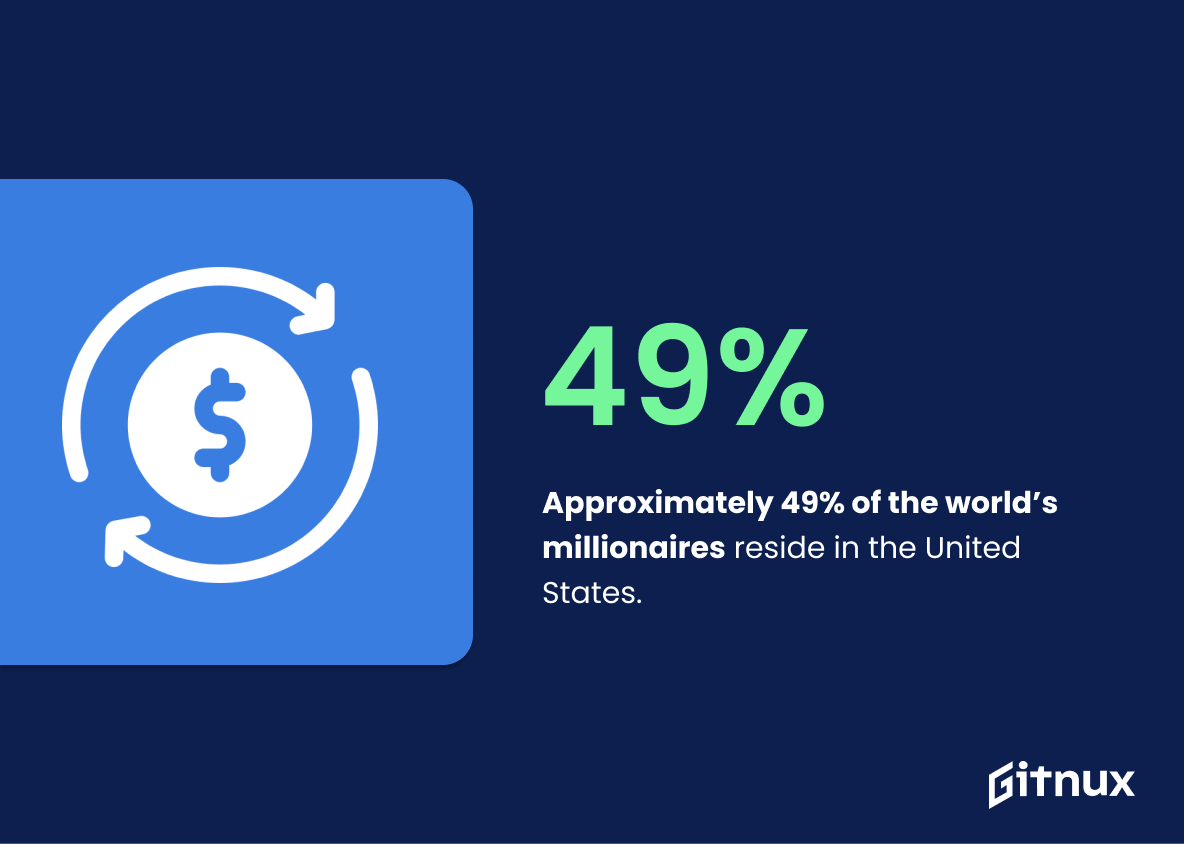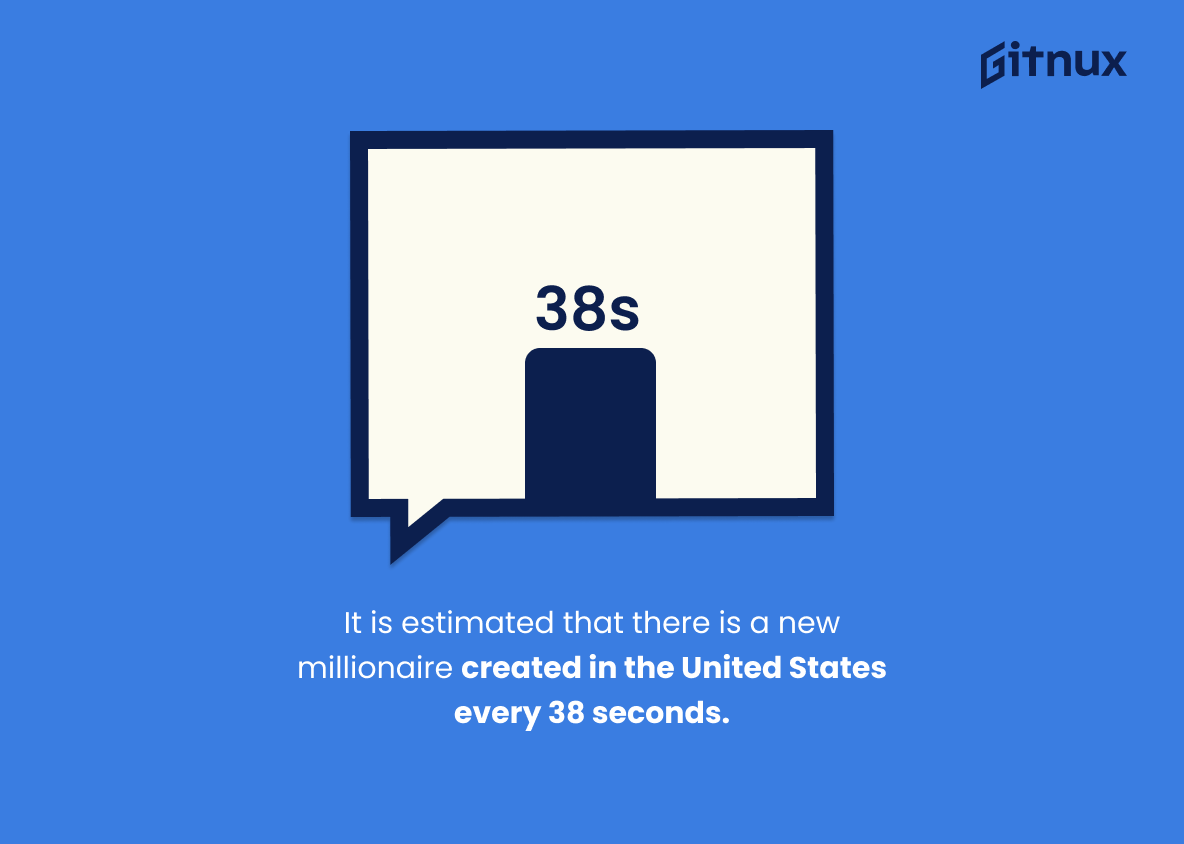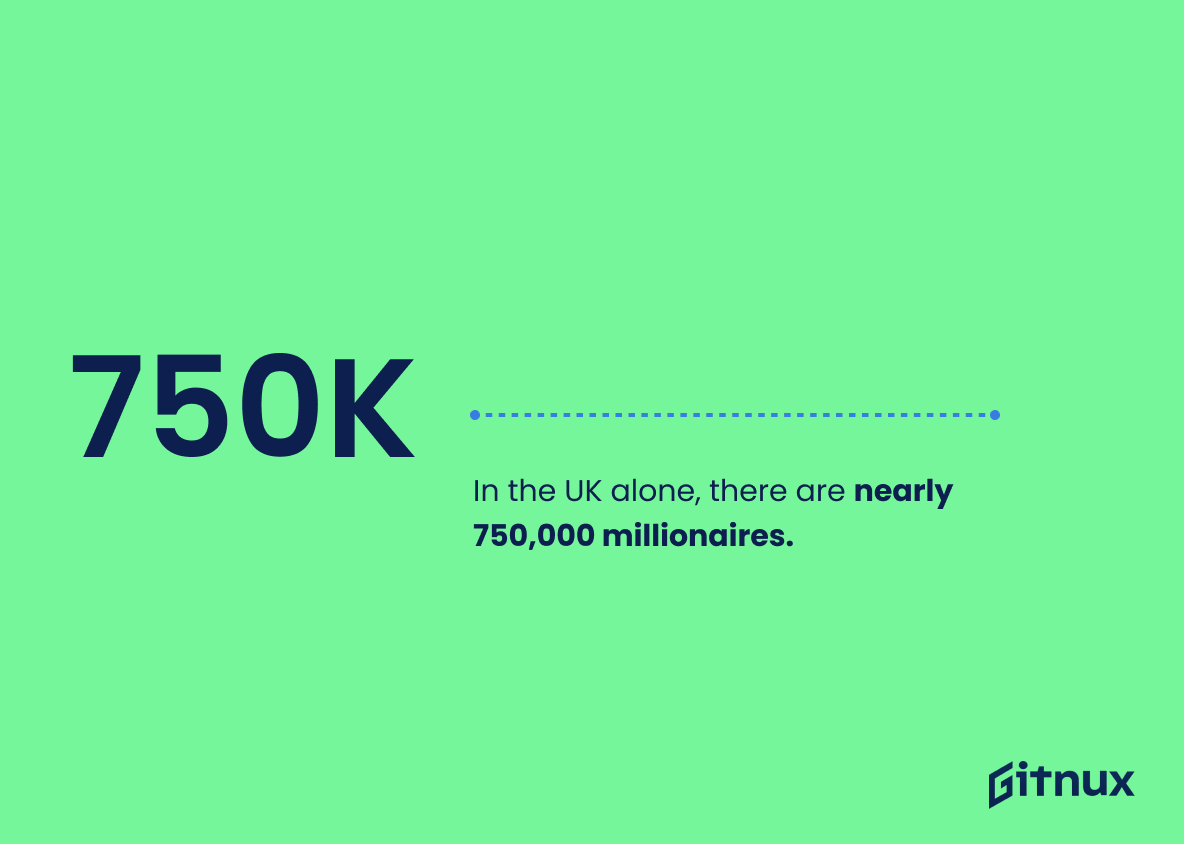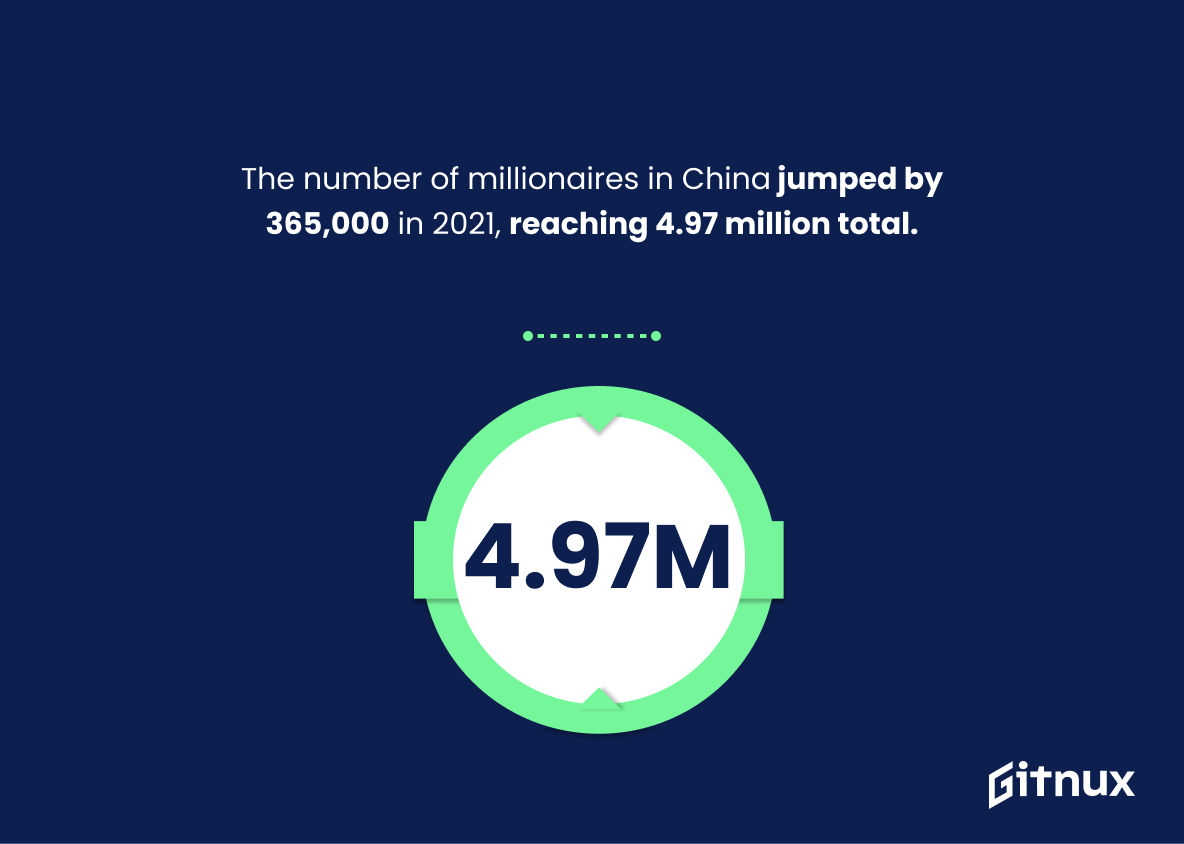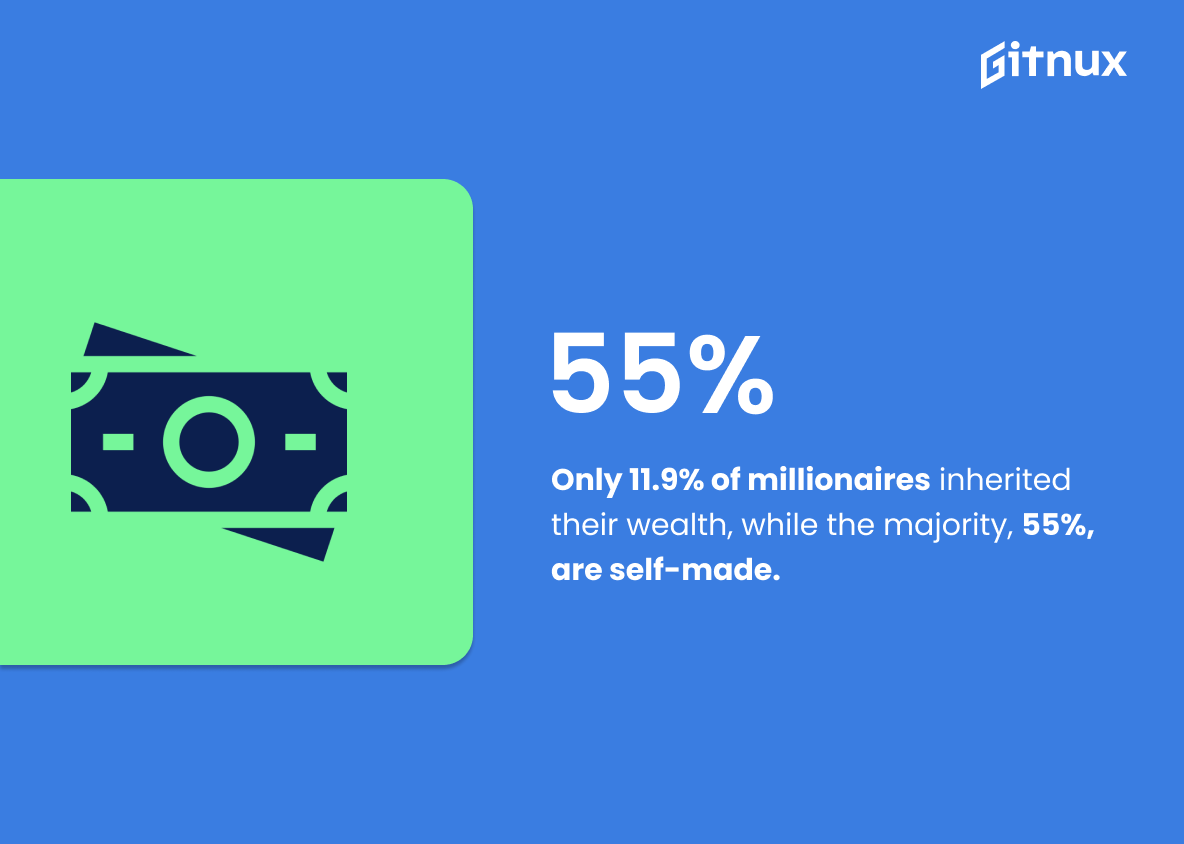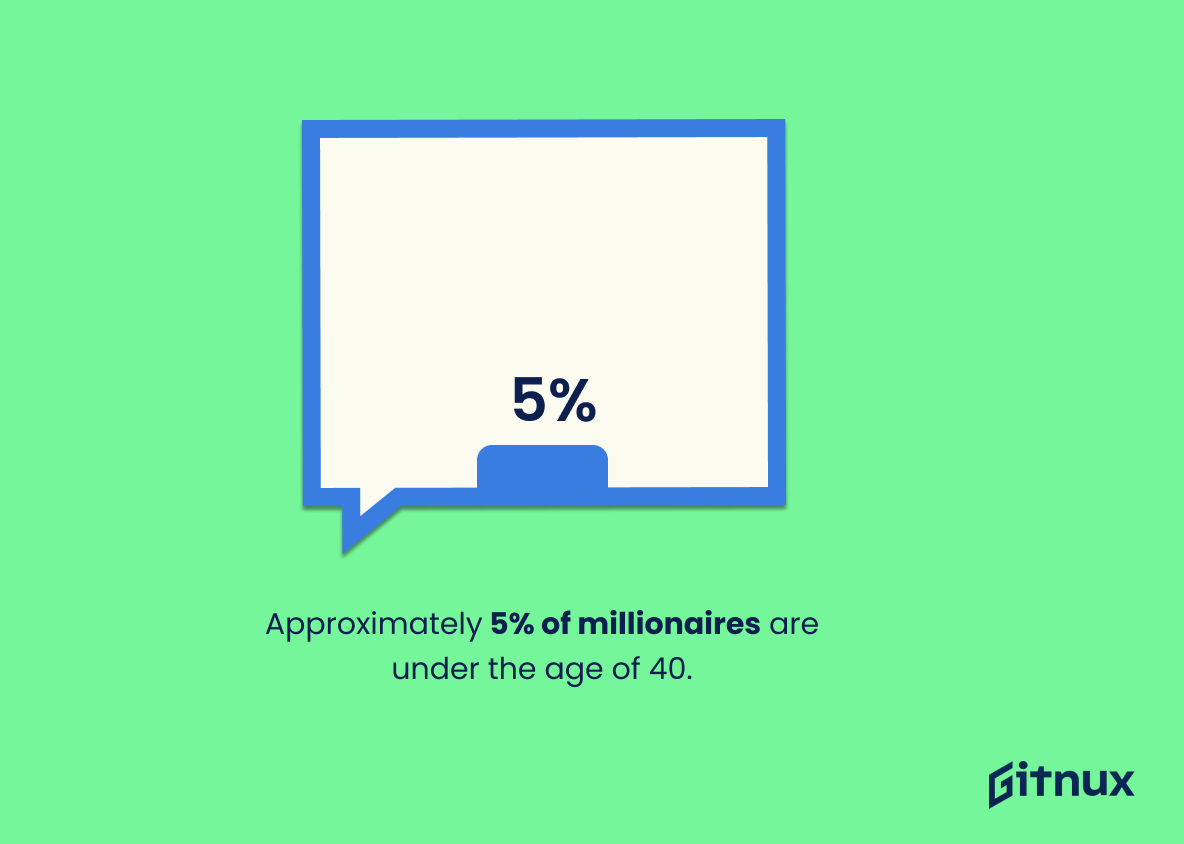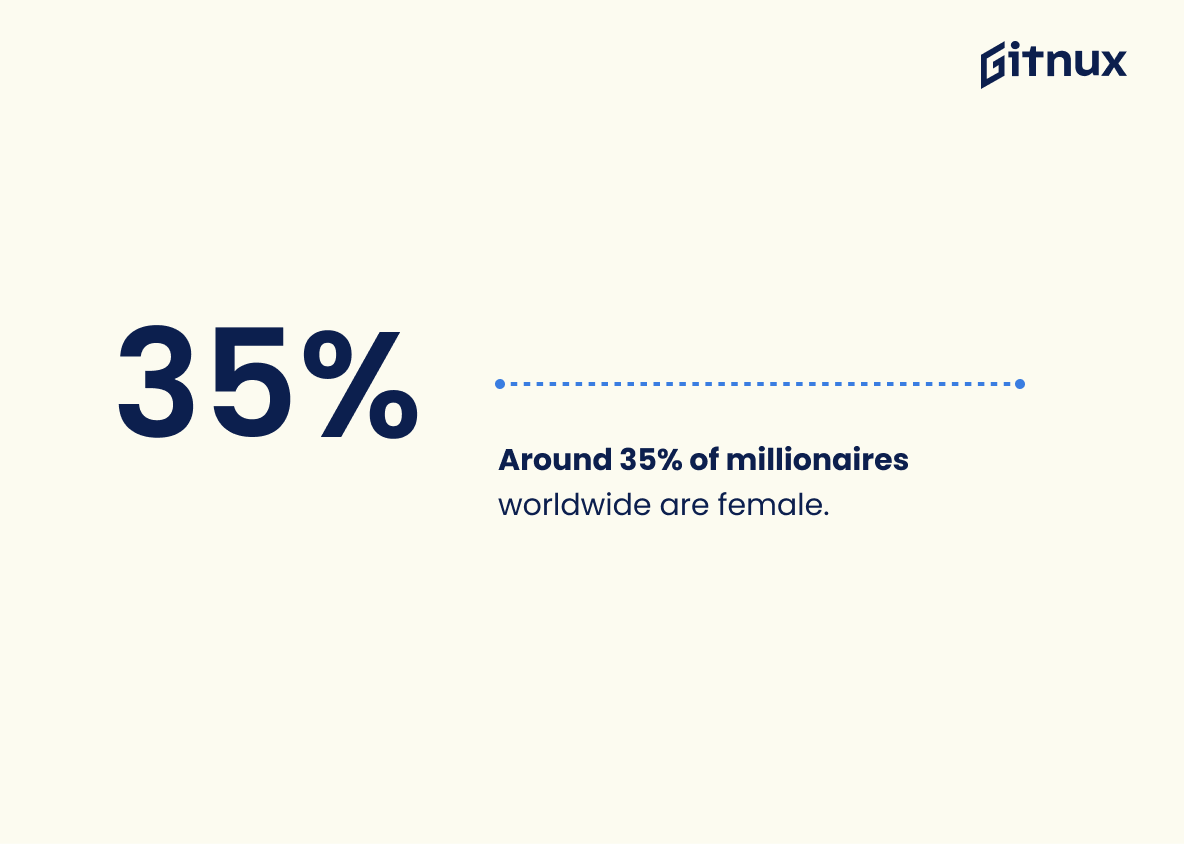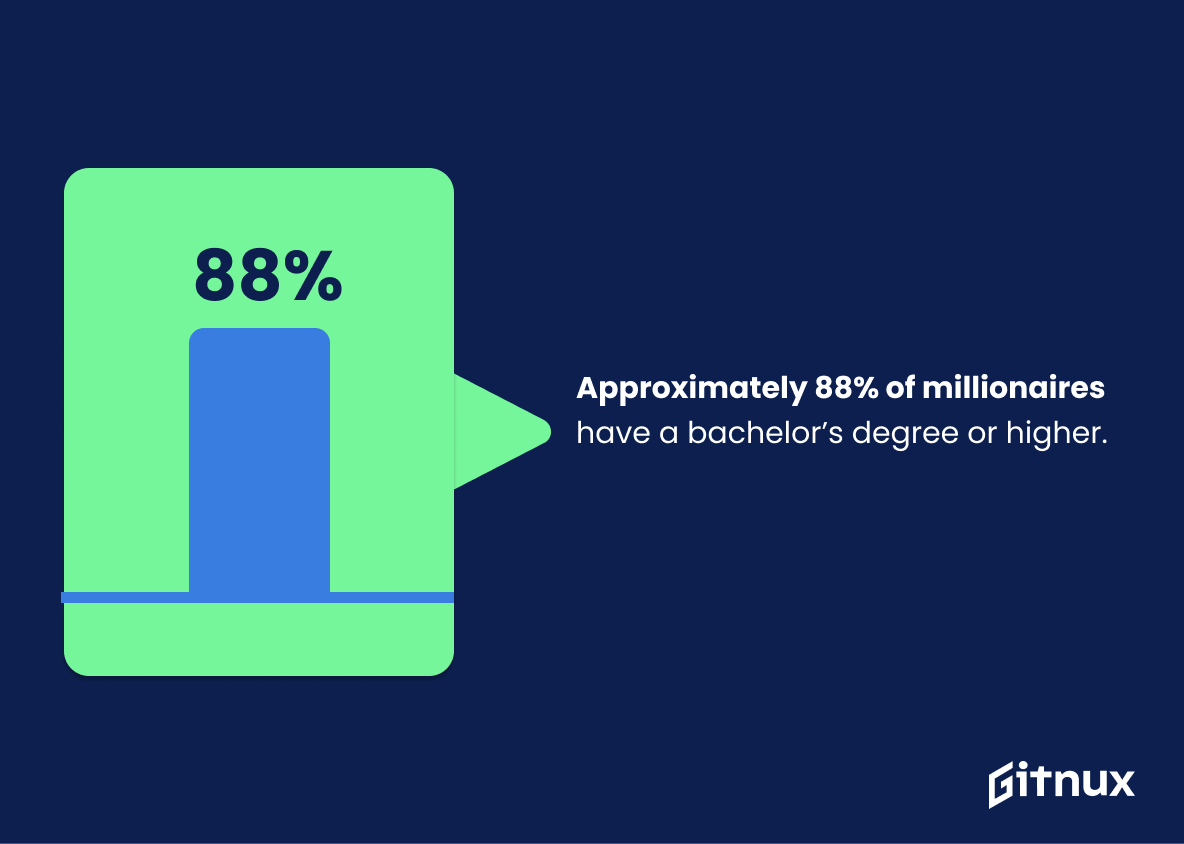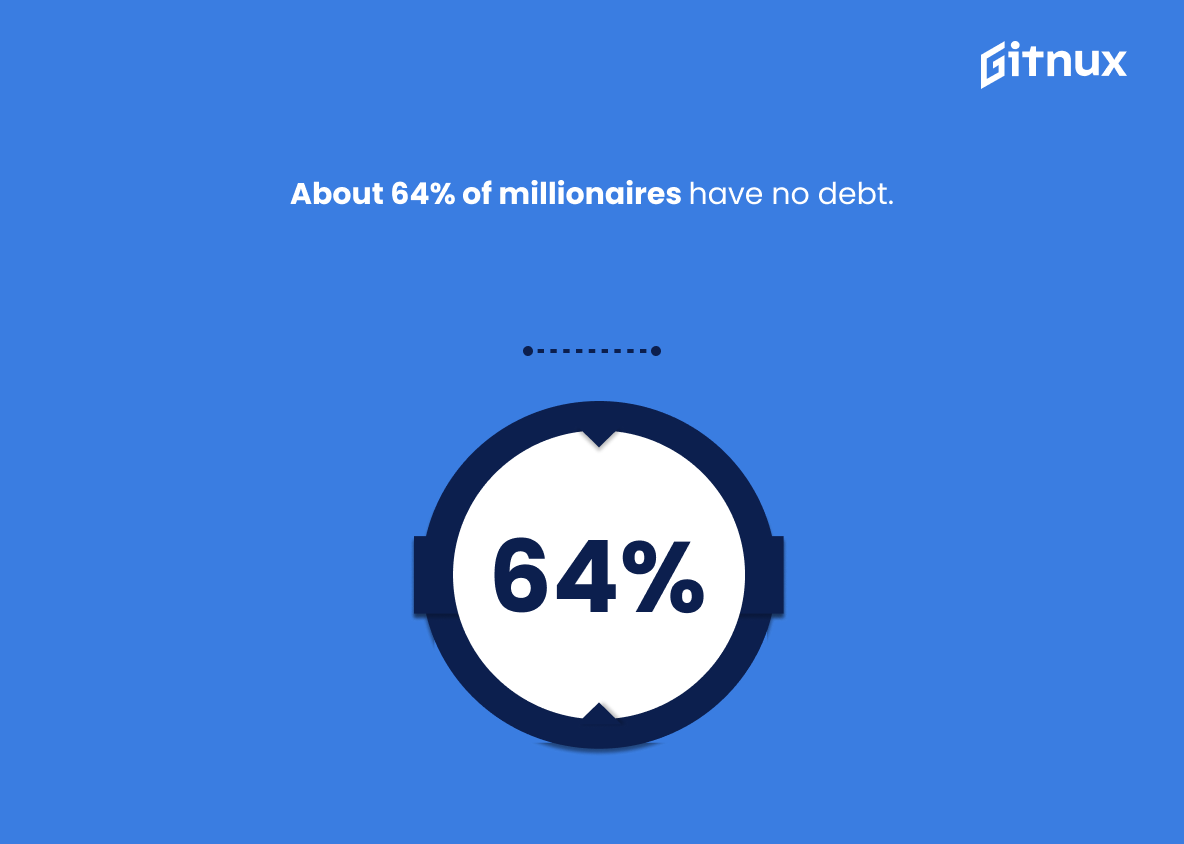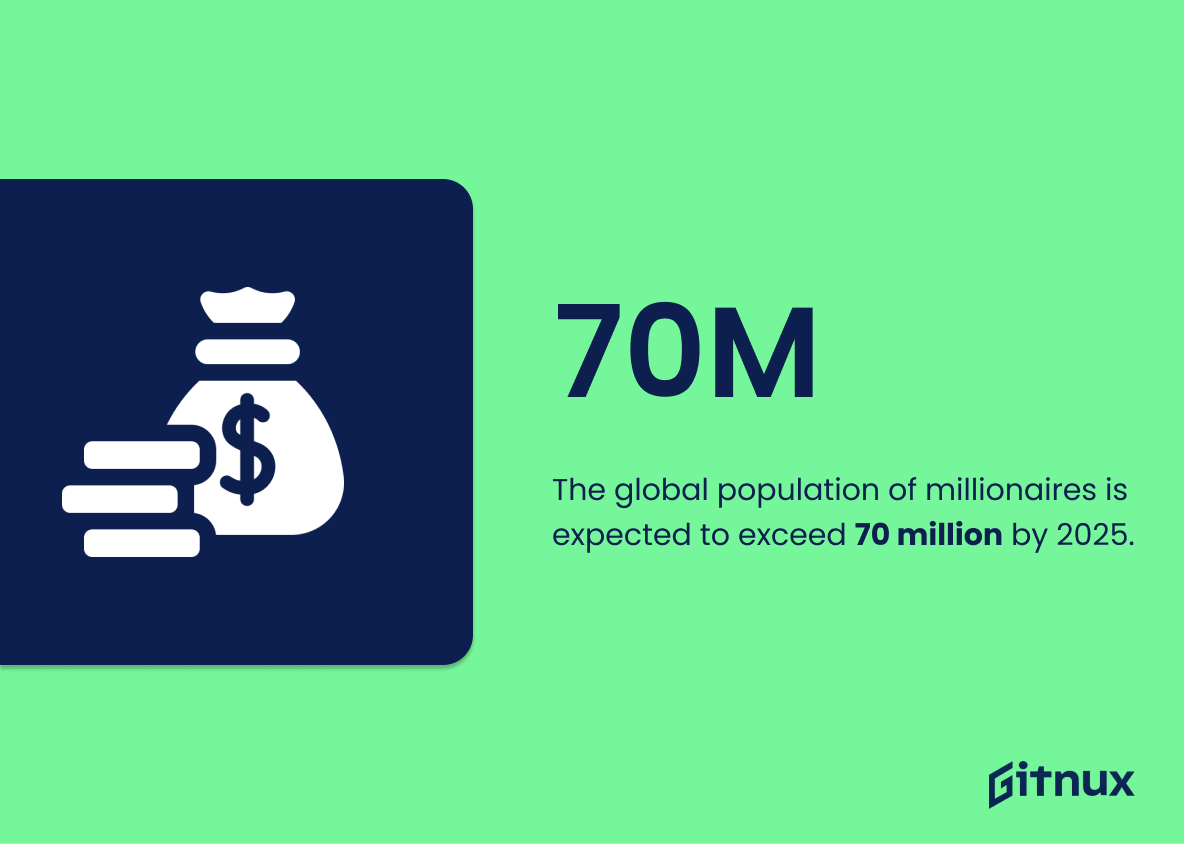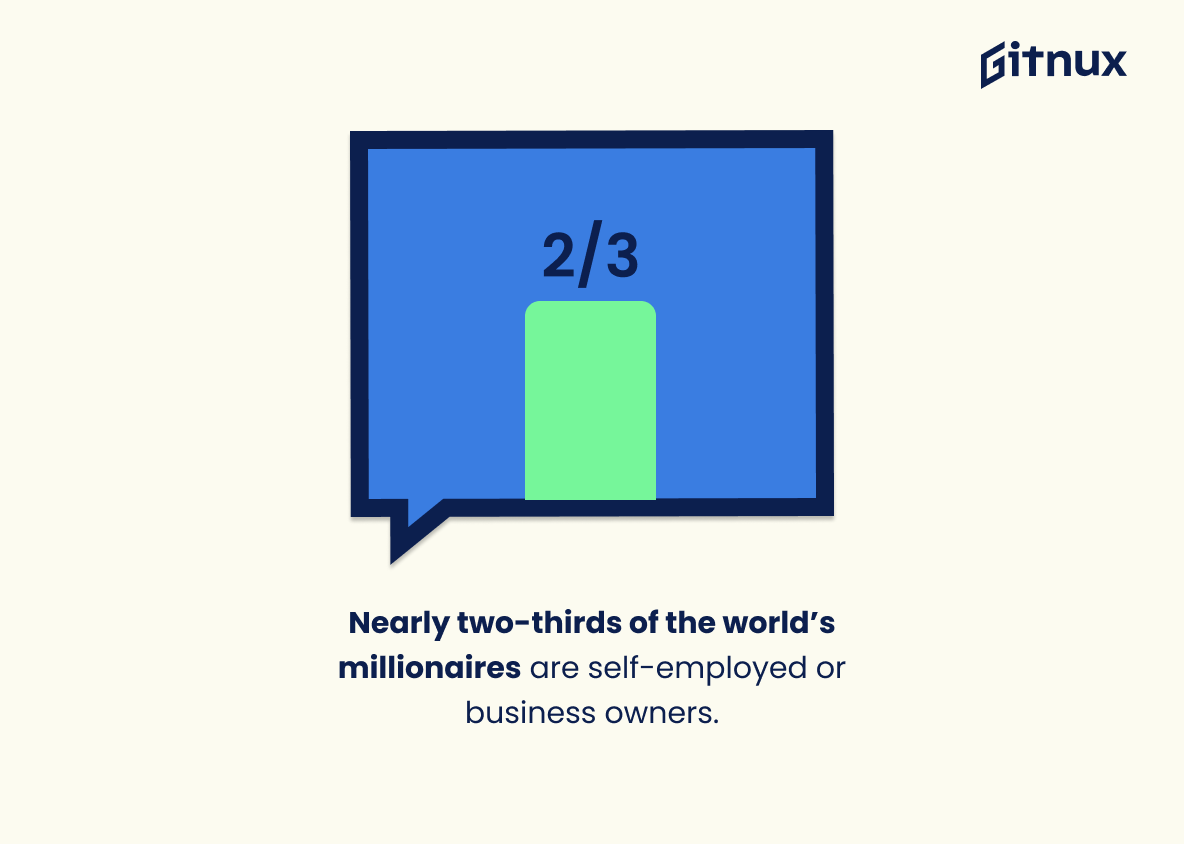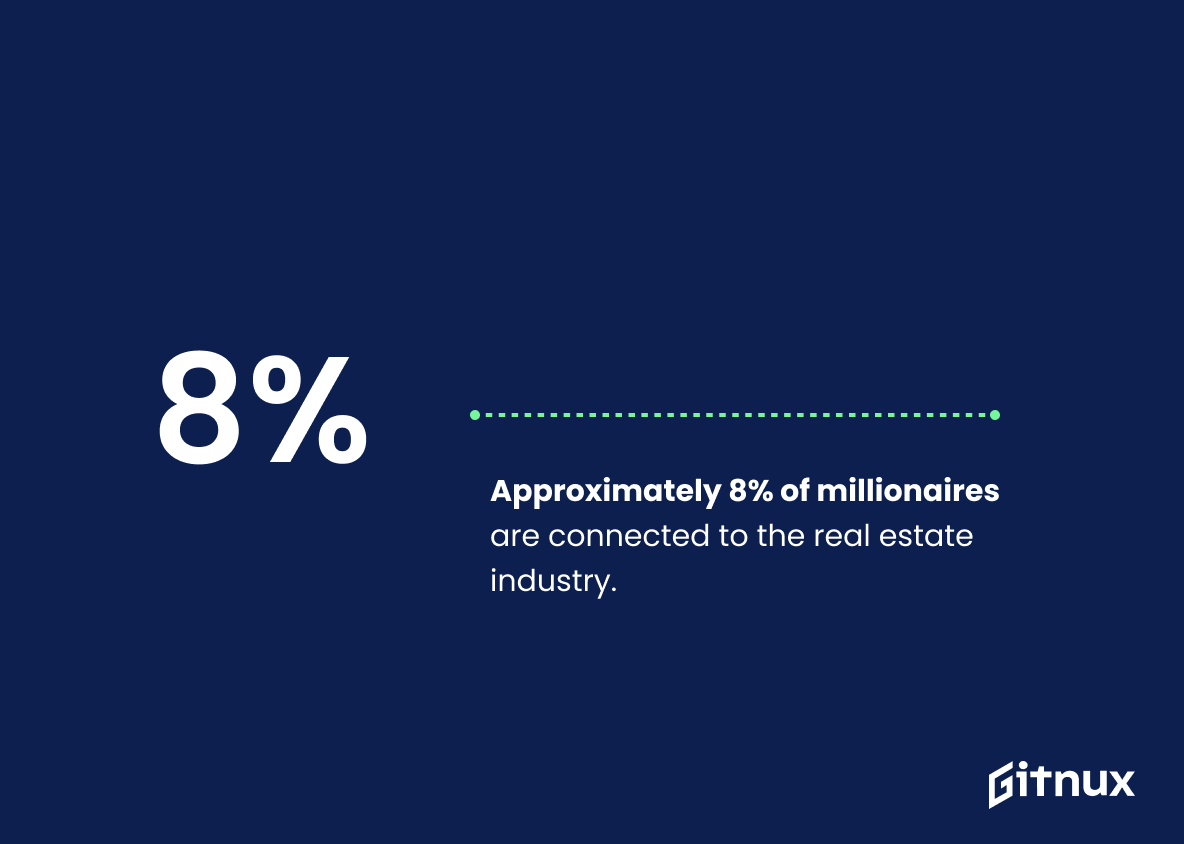Welcome to our blog post about Millionaire Statistics. In this article, we will be exploring the latest data on millionaires around the world. We’ll look at how many millionaires there are globally and in different countries, as well as their age range, gender distribution, educational background and sources of wealth. Additionally, we’ll discuss trends in millionaire growth over time and projections for future years. Finally, we’ll explore what strategies successful people use to become wealthy. So let’s dive into these fascinating statistics.
Millionaire Statistics Overview
Approximately 49% of the world’s millionaires reside in the United States.
This statistic is a telling indication of the immense wealth and economic power of the United States. It speaks to the fact that the US is home to a disproportionate number of the world’s millionaires, and thus serves as a reminder of the country’s immense economic influence.
It is estimated that there is a new millionaire created in the United States every 38 seconds.
This statistic is a testament to the potential of the American Dream. It speaks to the idea that anyone, regardless of their background, can achieve financial success if they work hard and make smart decisions. It is a reminder that the American economy is still a place of opportunity and that anyone can become a millionaire if they are willing to put in the effort. This statistic is a powerful reminder of the potential of the American Dream and should be celebrated.
In the UK alone, there are nearly 750,000 millionaires.
This statistic is a powerful reminder of the immense wealth that exists in the UK. It highlights the fact that there are a significant number of people who have achieved financial success and are now living a life of luxury. This statistic can be used to illustrate the potential for anyone to become a millionaire, and to encourage readers to strive for financial success.
The total number of millionaires in Australia increased by 7.2% in 2020, reaching 1.16 million.
This statistic is a telling indication of the financial success of Australians in 2020. It demonstrates that despite the economic downturn caused by the pandemic, the number of millionaires in Australia still managed to increase. This is a testament to the resilience of the Australian economy and the hard work of the nation’s millionaires. It is a positive sign for the future of the country and a reminder of the potential for financial success.
The number of millionaires in China jumped by 365,000 in 2021, reaching 4.97 million total.
This statistic is a testament to the growing wealth of China’s population, showing that more and more people are achieving millionaire status. It is a sign of the country’s economic success and a reflection of the hard work and dedication of its citizens. This statistic is an important indicator of the country’s economic health and provides insight into the future of the Chinese economy.
Only 11.9% of millionaires inherited their wealth, while the majority, 55%, are self-made.
This statistic is a powerful reminder that the majority of millionaires have achieved their wealth through hard work and dedication, rather than relying on inherited wealth. It serves as an inspiring example of what is possible when one puts in the effort and dedication to reach their financial goals. It also highlights the importance of financial literacy and planning, as well as the potential rewards of taking calculated risks. This statistic is an important part of the conversation about wealth and success, and can help to motivate and encourage those who are striving to reach their financial goals.
Approximately 5% of millionaires are under the age of 40.
This statistic is a powerful reminder that it is possible to achieve financial success at a young age. It shows that with hard work and dedication, it is possible to become a millionaire before the age of 40. This statistic can be used to inspire and motivate readers to strive for financial success, regardless of their age.
Around 35% of millionaires worldwide are female.
This statistic is a powerful reminder that women are increasingly becoming a force to be reckoned with in the world of millionaires. It highlights the progress that has been made in terms of gender equality and the opportunities that are available to women in the world of business and finance. It also serves as an inspiration to other women who may be considering taking the plunge into the world of high finance and entrepreneurship.
Approximately 88% of millionaires have a bachelor’s degree or higher.
This statistic is a powerful indicator of the importance of education in achieving financial success. It demonstrates that having a bachelor’s degree or higher is a key factor in becoming a millionaire. This statistic can be used to emphasize the importance of investing in education and the potential rewards it can bring. It can also be used to encourage people to strive for higher education and to pursue their dreams of financial success.
About 64% of millionaires have no debt.
This statistic is a powerful reminder that it is possible to become a millionaire without taking on debt. It shows that it is possible to achieve financial success without relying on credit, and serves as an inspiration to those who are striving to become financially independent. It also highlights the importance of making smart financial decisions and avoiding debt, which can be a major obstacle to achieving financial success.
The global population of millionaires is expected to exceed 70 million by 2025.
This statistic is a telling indication of the growing wealth gap in the world. It highlights the fact that the number of millionaires is increasing at a rapid rate, while the majority of the population remains in poverty. This statistic is a stark reminder of the need for greater economic equality and social justice.
Nearly two-thirds of the world’s millionaires are self-employed or business owners.
This statistic is a powerful reminder that the path to becoming a millionaire is not necessarily through a traditional job. It highlights the importance of taking risks and investing in yourself and your own business ventures. It also serves as an inspiration to those who may be considering taking the plunge into entrepreneurship. By demonstrating that the majority of millionaires are self-employed or business owners, this statistic encourages readers to consider the potential of creating their own wealth.
Approximately 8% of millionaires are connected to the real estate industry.
This statistic is a telling indication of the importance of real estate in the lives of millionaires. It shows that real estate is a major factor in the success of those who have achieved millionaire status, and thus provides valuable insight into the strategies and habits of the wealthy. This information can be used to inform readers of the blog post about the potential of real estate as a means of achieving financial success.
More than 75% of people who eventually become millionaires invest in stocks.
This statistic is a powerful reminder that investing in stocks is a key factor in achieving millionaire status. It highlights the importance of taking a proactive approach to wealth building, rather than relying solely on luck or other external factors. By investing in stocks, individuals can take advantage of the potential for long-term growth and increase their chances of becoming a millionaire.
The global wealth of millionaires is expected to reach $162 trillion by 2025.
This statistic is a telling indication of the immense wealth that millionaires are projected to accumulate in the coming years. It serves as a reminder of the immense economic power that millionaires possess, and the potential for them to shape the global economy in the years to come. This statistic is an important one to consider when discussing the impact of millionaires on the world.
Conclusion
The data presented in this blog post paints a clear picture of the global millionaire population. It is evident that there are currently 47 million millionaires globally, with the United States having the highest number at 18 million. The US also leads in creating new millionaires every 38 seconds and has nearly half (47%) of all unicorns valued over $1 billion.
In addition, it was found that only 11.9% inherited their wealth while 55% were self-made; 5% are under 40 years old; 35% are female; 88% have a bachelor’s degree or higher; 64 % have no debt and 90 % have net worth between $1 million to $5 million dollars. Furthermore, 8 percent of millionaires are connected to real estate industry and more than 75 percent invest in stocks which will help them reach an estimated total wealth of 162 trillion by 2025 worldwide.
References
0. – https://www.reuters.com
1. – https://www.statista.com
2. – https://www.cnbc.com
3. – https://www.markets.businessinsider.com
4. – https://www.axios.com
5. – https://www.afr.com
6. – https://www.thebalance.com
7. – https://www.forbes.com
8. – https://www.theguardian.com
9. – https://www.gobankingrates.com
10. – https://www.entrepreneur.com
11. – https://www.credit-suisse.com
12. – https://www.businessinsider.com
